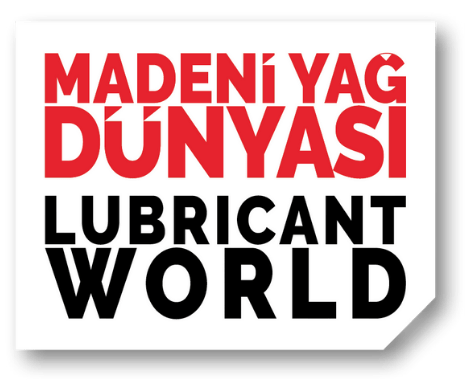Dwindling Group I capacity spells problems for lubricant producers relying on bright stock and heavy neutrals for their products. Can naphthenics help balance supply and demand?
“Bright stock and heavy neutrals are the collateral damage of the ongoing shift in the paraffinic pool due to the rationalization of Group I production. Capacities of 550 ktpa for bright stock and 2 million tpa for heavy neutrals are at stake over the period 2016-2021,” says Gaia Franzolin, Marketing Manager of Nynas Naphthenics.
The production shift away from Group I is likely to lead to shortages for both grades. Faced with such disruption, the market will have to find ways of balancing supply and demand, and options include everything from reformulation to lighter lubricant grades to replacing bright stock and heavy neutrals with alternative base stocks.
“The technical requirements of each application will determine which option is the most viable. In some cases, reformulation to lighter grades is possible,” she explains.
However, reformulation can turn out to be very costly, and the use of lighter lubricants might not always be ideal in terms of performance. To find replacements for bright stock, lubricant blenders might consider using either synthetic fluids or heavy naphthenic oils.
“Heavy naphthenics offer excellent solvency, which is an important feature in the formulation of industrial lubricants. Also, heavy naphthenic oils are the only non-synthetic alternative to bright stock, and although they have a lower viscosity index than paraffinic oils, in several industrial applications the temperature variation is not wide enough to justify the need for a high viscosity index,” says Gaia Franzolin.
To replace Group I heavy neutrals will be equally tricky. When solvency is required, naphthenic heavy neutrals are the best option. In applications where a high viscosity index is important, Group II heavy neutrals should be preferred. A third option is to blend these two alternative base stocks.
Blends offer advantages
Blends of Group II and naphthenic oils offer several advantages, as they mimic the properties of Group I paraffinic oils.
- As 1:1 Group I replacements, blends will minimize the necessity for reformulation. Blends even offer advantages over the Group I heavy neutrals they are replacing, having better oxidation stability and response to antioxidants along with excellent low temperature properties and response to pour point depressants.
- Blends are also inherently flexible, enabling tailor-made oil products to suit specific applications for, for instance, lubricating greases, industrial engine oils, gear oils, and hydraulic fluids.
- The supply-demand balance for Group I heavy neutrals is expected to change dramatically over the period 2016-2021.




